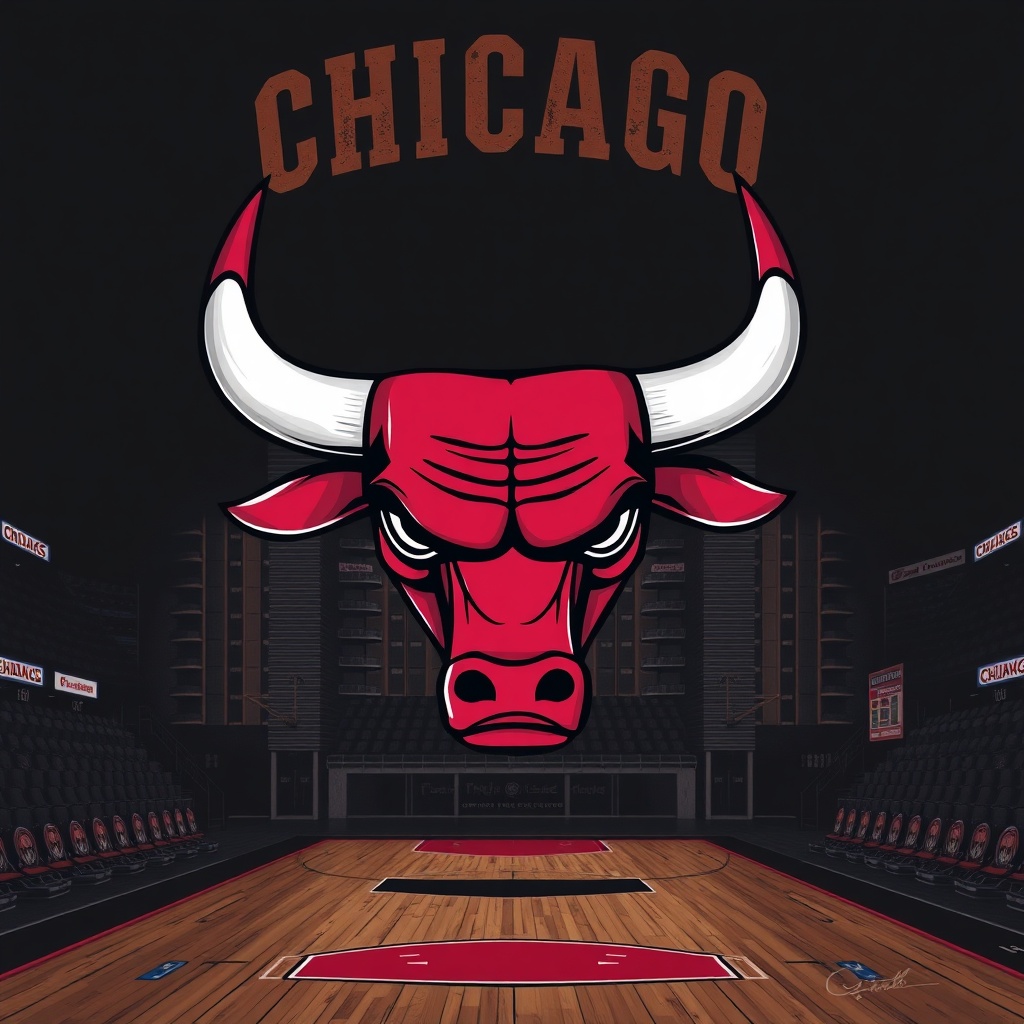Chicago Bulls: What Fans Should Watch as the Team Chases Consistency
The Chicago Bulls remain one of the league’s most recognizable brands, blending storied history with a present-day push to balance star scoring, interior size, and modern spacing. For fans following every game, the storyline centers on how the roster and coaching staff create an identity that wins night after night.
Offense: balancing isolation with movement
The Bulls’ offense often pivots between iso-heavy scoring and more fluid ball movement. When star scorers get going, isolation plays and mid-range proficiency can dominate; when the team moves the ball, spot-up threes and cutters create higher-efficiency looks. A key theme is pick-and-roll execution: guards probing gaps and trust between handlers and roll men translates to easy baskets or kick-outs for open shooters.
Spacing remains a tactical focus.
Opponents punish teams that clog the paint, so generating reliable perimeter shooting and consistent drive-and-kick decisions is essential. When the Bulls successfully balance these elements, their offensive ceiling rises quickly.
Defense and physicality
Defensively, the team’s success hinges on communication and switchability. Pressure on the perimeter to limit drive-and-kick opportunities, combined with a capable interior presence to alter shots, helps change game flow. Consistent closeouts on shooters and disciplined help rotation are the defensive fundamentals that typically determine the outcome in tight matchups.
Player development and role clarity
A robust depth chart makes a difference over a long grind. Young players earning defined roles—whether as perimeter defenders, playmaking forwards, or shooting specialists—provide the rotation flexibility coaches need. Role clarity also reduces late-game confusion and improves bench production, which is often the difference in back-to-back stretches.
Coaching emphasis and adjustments
Coaching strategies that emphasize in-game adjustments, matchup exploitation, and situational play-calling are crucial. Look for units that excel in transition, as quick pushes after defensive rebounds or turnovers can tilt momentum. Opposite scenarios—poor late-clock decisions or turnovers—are where teams lose tight games, so coaching that drills execution under pressure matters.
What to watch during a game
– Late possessions: watch how the team constructs its final shot and who takes the decisive attempts.
– Pick-and-roll read: does the ball-handler attack closeouts or settle for contested jumpers?
– Defensive switches: which players switch onto primary scorers and how effectively they contest?
– Bench scoring bursts: a productive second unit often swings momentum.
United Center game-day tips

Arrive early to soak in pregame energy and beat the longest lines. Mobile tickets simplify entry; check official team channels for any bag or ID policies before leaving home. For food and drink, nearby spots offer classic Chicago eats and pregame hangouts—great for visitors seeking a full game-day experience.
Why it matters to fans
For Chicago, each game is part of a larger narrative about building reliability. Fans respond to physical defense, clutch scoring, and roster moves that address immediate needs. Following how the team handles spacing, late-game execution, and player roles gives a clear window into whether the Bulls are trending upward.
For timely updates, game recaps, and ticket info, official team channels and reputable sports outlets remain the best sources. Keep an eye on matchups that test perimeter defense and interior spacing—those games often reveal the truest version of the team.
